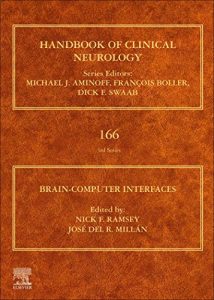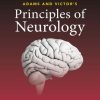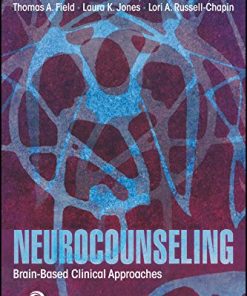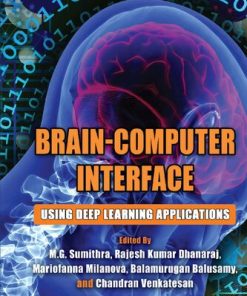Brain-Computer Interfaces (Volume 168)
$50.00 Original price was: $50.00.$25.00Current price is: $25.00.
Brain-Computer Interfaces (Volume 168) – Ebook Instant Download/Delivery ISBN(s): 9780444639349,0444639349,B085RL5T5T

Product details:
- ISBN-10:
- ISBN-13:
- Author: Nick F. Ramsey, José del R. Millán
Brain-Computer Interfacing, Volume 168, not only gives readers a clear understanding of what BCI science is currently offering, but also describes future expectations for restoring lost brain function in patients. In-depth technological chapters are aimed at those interested in BCI technologies and the nature of brain signals, while more comprehensive summaries are provided in the more applied chapters. Readers will be able to grasp BCI concepts, understand what needs the technologies can meet, and provide an informed opinion on BCI science.
Table contents:
Chapter 1 – Human brain function and brain-computer interfaces
Chapter 2 – Brain-computer interfaces: Definitions and principles
Chapter 3 – Stroke and potential benefits of brain-computer interface
Chapter 4 – Brain-computer interfaces for people with amyotrophic lateral sclerosis
Chapter 5 – Brain damage by trauma
Chapter 6 – Spinal cord lesions
Chapter 7 – Brain-computer interfaces for communication
Chapter 8 – Applications of brain-computer interfaces to the control of robotic and prosthetic arms
Chapter 9 – Brain-computer interfaces in neurologic rehabilitation practice
Chapter 10 – Video games as rich environments to foster brain plasticity
Chapter 11 – Brain-computer interfaces for consciousness assessment and communication in severely brain-injured patients
Chapter 12 – Smart neuromodulation in movement disorders
Chapter 13 – Bidirectional brain-computer interfaces
Chapter 14 – Brain-computer interfaces and virtual reality for neurorehabilitation
Chapter 15 – Monitoring performance of professional and occupational operators
Chapter 16 – Self-health monitoring and wearable neurotechnologies
Chapter 17 – Brain-computer interfaces for basic neuroscience
Chapter 18 – Electroencephalography
Chapter 19 – iEEG: Dura-lining electrodes
Chapter 20 – Local field potentials for BCI control
Chapter 21 – Real-time fMRI for brain-computer interfacing
Chapter 22 – Merging brain-computer interface and functional electrical stimulation technologies for movement restoration
Chapter 23 – General principles of machine learning for brain-computer interfacing
Chapter 24 – Ethics and the emergence of brain-computer interface medicine
Chapter 25 – Industrial perspectives on brain-computer interface technology
Chapter 26 – Hearing the needs of clinical users
People also search:
how do brain computer interfaces work
human brain-computer interfaces
ethics of brain computer interfaces
neurotechnology and brain-computer interfaces
neuralink and brain-computer interfaces
neuroscience and brain-computer interfaces
You may also like…
Medicine - Neurology
Neuroscience for Neurosurgeons 1st Edition by Farhana Akter 1108918468 9781108918466
Romance - Contemporary Romance
Medicine - Neurology
Handbook Of Clinical Neurology: Human Prion Diseases 1st Edition Maurizio Pocchiari
Medicine - Cardiology
Erotica - Fiction
Computers & Technology
Brain-Computer Interface: Using Deep Learning Applications 1st Edition













